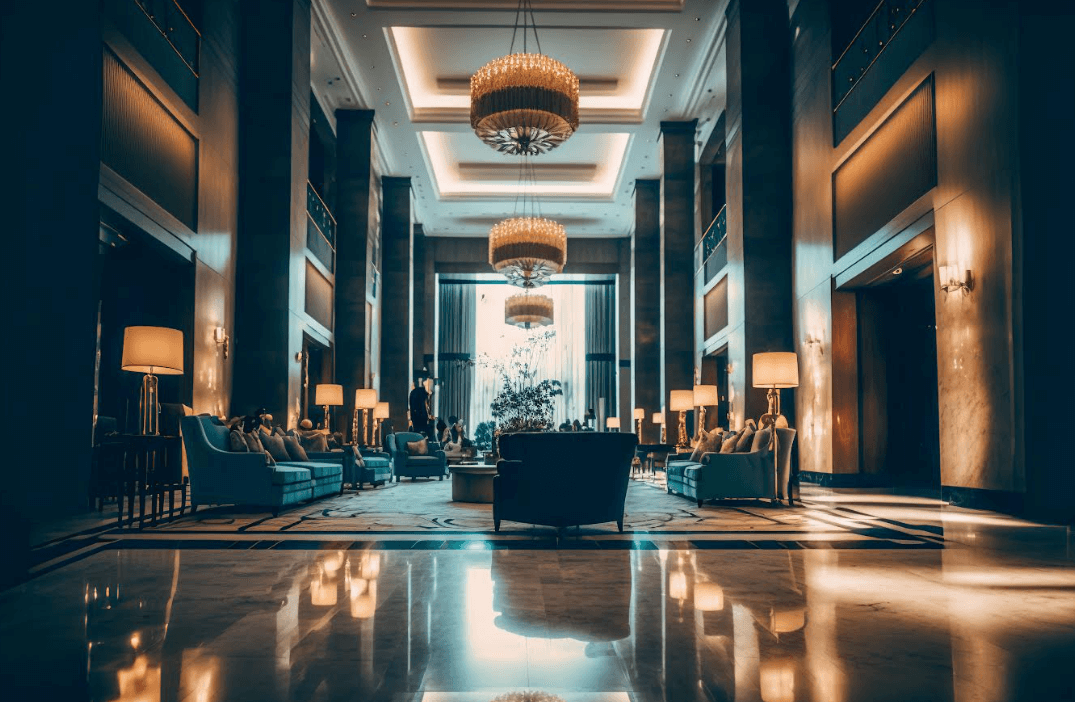Did you know that hospitality is one of the most obsessive perfectionist fields? You’re working in a field where a mere coffee stool besides a bed can be all that is needed to make or break a deal. That’s why interior designers and hoteliers must exercise due diligence when it comes to choosing the hotel furniture.
From the moment a visitor steps into the lobby to the time they retire to their room for sleep, well-chosen furniture can elevate comfort and style, leaving a lasting impression. This article explores the role of hotel furniture in creating a welcoming environment while ensuring comfort, style, and functionality.
The Importance of Comfort
At the heart of any successful hotel experience is comfort. Guests seek a haven where they can relax after a long day of travel or exploration. This begins with the lobby, where comfortable seating arrangements invite guests to linger. Sofas and armchairs should be plush yet supportive, made from durable fabrics that can withstand the wear and tear of high foot traffic.
In guest rooms, the bed is undeniably the centerpiece. A high-quality mattress paired with luxurious bedding can significantly enhance your guest’s stay. Hotels often invest in premium linens, down pillows, and mattress toppers to create an inviting sleeping environment. Beyond the bed, additional furniture such as bedside tables, reading lamps, and cozy chairs contribute to a sense of being home.
Functionality Meets Style
While comfort is paramount, functionality cannot be overlooked. Hotel furniture must serve multiple purposes to accommodate diverse guest needs. For instance, desks in rooms should not only provide a space for work but also blend seamlessly with the overall decor. A well-designed desk that incorporates charging stations and ergonomic chairs can enhance productivity for business travelers.
Additionally, furniture should allow for easy movement and flow within spaces. In restaurants and lounges, tables and chairs should be arranged to facilitate conversation without sacrificing accessibility. Lightweight furniture can be beneficial in enabling staff to rearrange spaces for events or special occasions.
Creating a Memorable Aesthetic
The aesthetic appeal of hotel furniture can significantly influence a guest’s perception of the brand. Design trends fluctuate, but timeless elegance often prevails. Classic wood pieces can convey warmth and sophistication, while contemporary styles with clean lines can create a fresh, modern ambiance. Incorporating local culture into furniture design can also provide a unique touch. Artisan-crafted pieces that reflect the area’s heritage can enhance the guest experience, making their stay more memorable.
Versatility and Durability
Given the demanding nature of the hospitality industry, durability is a critical consideration when selecting hotel furniture. Materials must be chosen for their resilience against stains, scratches, and general wear. Upholstered items should feature fabrics that are both comfortable and easy to clean, such as synthetic blends or treated natural fibers.
Versatile furniture, such as folding tables or stackable chairs, can be invaluable for hotels that host events or conferences. This flexibility allows spaces to be transformed quickly, catering to a variety of functions without compromising on style.
Final Thoughts
Creating a successful hotel environment requires a thoughtful approach to furniture selection. By prioritizing comfort, functionality, and style, hotels can craft spaces that resonate with guests. The right furniture not only enhances the aesthetic appeal of the establishment but also plays a crucial role in guest satisfaction.


